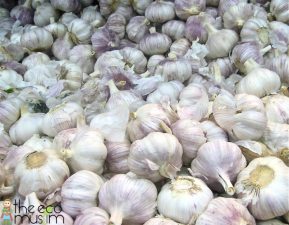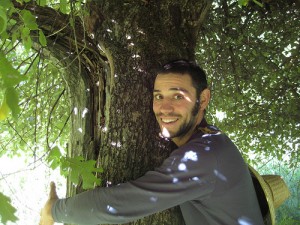
Plants: They seem more resilient than we are. And there are so many wild places in the world that they can take over. But a new study reveals that along with large mammals, amphibian and creatures of the sea, plants are going extinct faster than we thought possible.
Time to start saving seeds. And not just in war times as Syria has been doing at the Svalbard Global Seed Bank in Norway. Every plant is a medicinal plant. Losing one could mean losing a universe of opportunities.
A new study reveals that 65 plant species have gone extinct in the continental United States and Canada since European settlement, more extinctions than any previous scientific study has ever documented. Led by Wesley Knapp of the North Carolina Natural Heritage Program, a group of 16 experts from across the United States collaborated to document the extinct plants of the continental United States and Canada for the first time in history.
Their report has been published by the international journal Conservation Biology.
The team found that most plant extinctions occurred in the western United States, where the vegetation was minimally explored before widespread European settlement. Because many extinctions likely occurred before scientists explored an area, it is extremely likely the 65 documented extinctions vastly underestimate the actual number of plant species that have been lost.
Previous studies documented far fewer plant extinctions on the North American continent.
“Preventing extinction is the lowest bar for conservation success we can set, yet we are not always successful,” Knapp said. “This study started as an academic question but later developed into an opportunity to learn from what we have lost. By studying the trends and patterns of plants that have already gone extinct, hopefully we can learn how to prevent plant extinction going forward.”
Of the 65 documented extinctions in the report, 64% were known only from a single location. While conservation often focuses on protecting entire landscapes, this finding points to the importance of small-scale site protection in order to prevent extinctions.
Because plants serve as the foundation for most terrestrial ecosystems, the urgency for documenting plant extinctions is especially great if extinction rates rise as predicted over the next century. Anne Frances, lead botanist at NatureServe, states, “In most cases, we can stop plants from going extinct, we just need the resources and commitment to do so.”
Action items? What you can do?
Read Braiding Sweetgrass to understand more about plant and human life
Read this New Times article on a man who is saving heirloom apples
Start by growing these healing herbs at home



